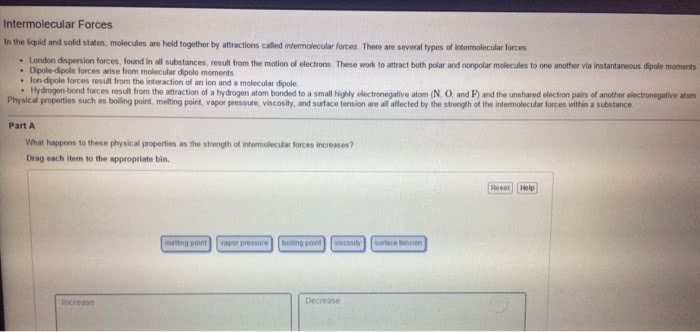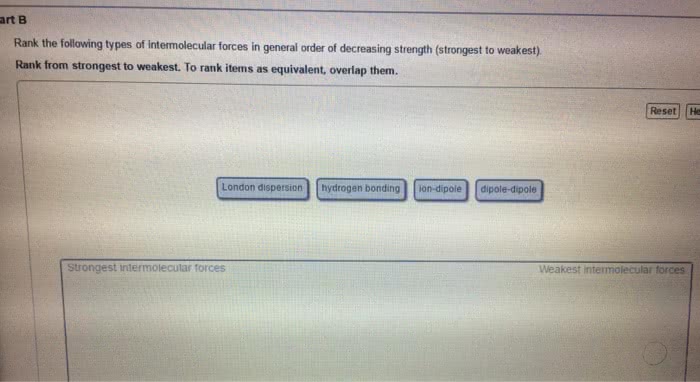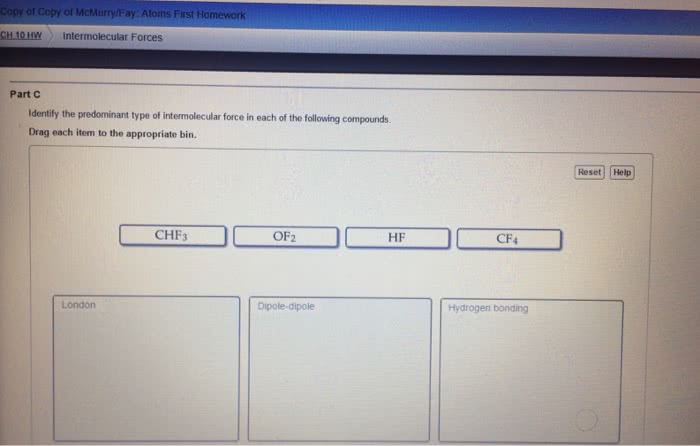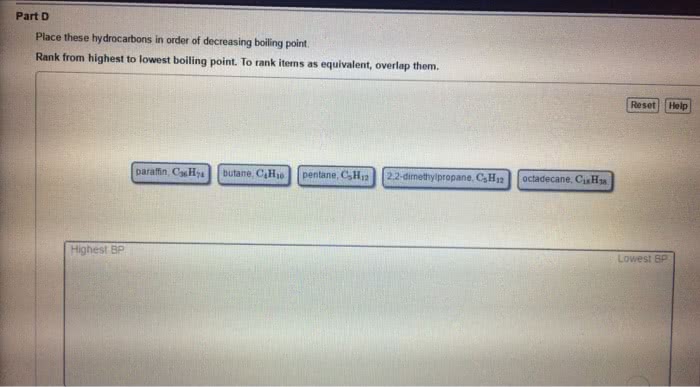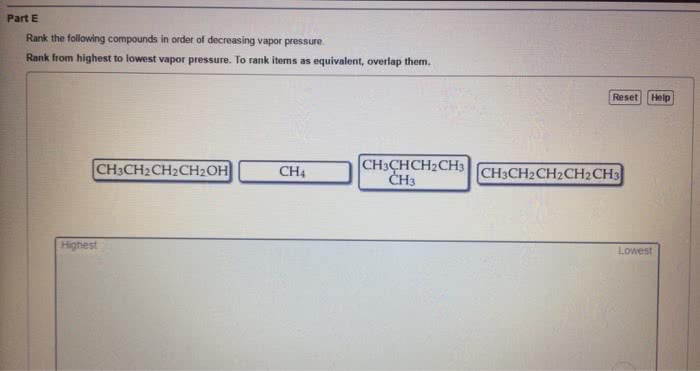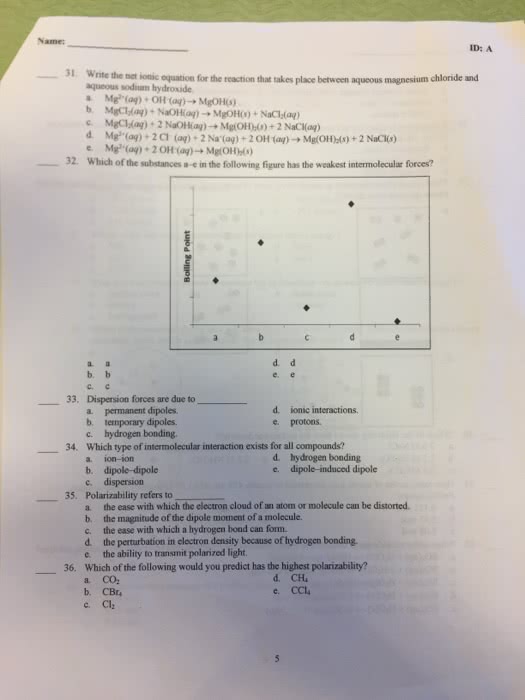CHEM 142 Study Guide - Midterm Guide: Semipermeable Membrane, Intramolecular Force, Miscibility
Document Summary
In ionic compounds - ion-ion bonding held rigidly in place. Dipole-dipole forces: attractive forces between partial charges in different particles (not as strong as ionic) - polar molecules - *look at shape. Ion-dipole forces - attract an ion (cation or anion) and a polar molecule to each other. Dispersion forces - aka london dispersion forces - attractive forces that arise as a result of temporary dipoles induced in atoms or molecules. Force increases as size and mass increases. Every substance has london dispersion forces hydrogen - special type of dipole-dipole interaction. H-bonding - occurs when there is a very electronegative molecule (n, o, f) bonded with. To check for intermolecular forces draw molecular geometry -- lone pair electrons are polar. Evaporation/vaporization - the process in which a liquid is transformed into a gas; higher the temperature, greater the kinetic energy. At molecular level: molecules are moving from liquid to empty space.

